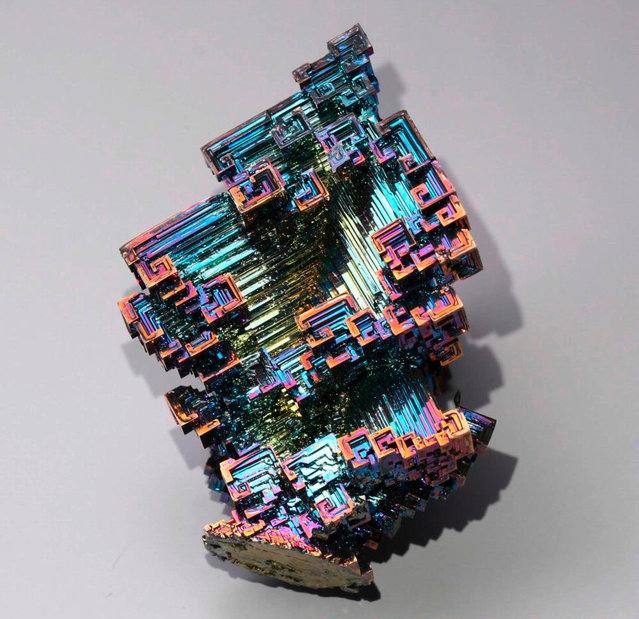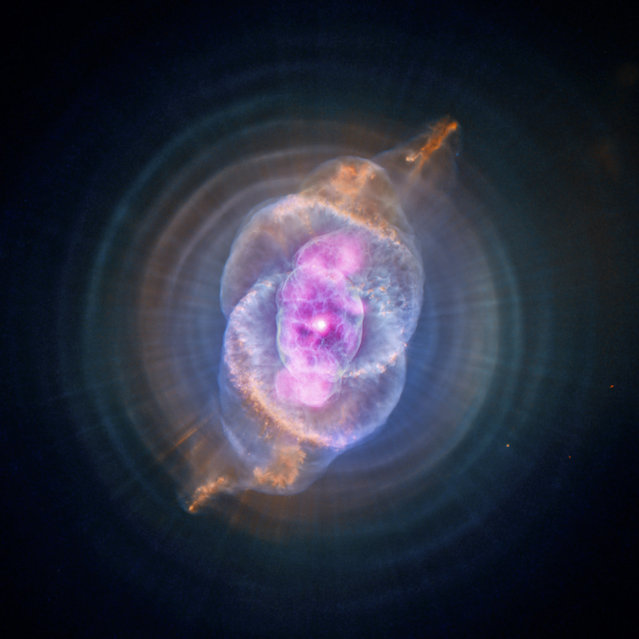
A replica of the bust of Nefertiti stands in the Replica Workshop of the National Museum of Berlin in Berlin, October 2, 2015. The workshop plans to produce 10 to 20 replicas a year, which like the original are made of a limestone core with gypsum finish. Each one will cost 8,900 euros (9,934 US Dollars). (Photo by Axel Schmidt/Reuters)





